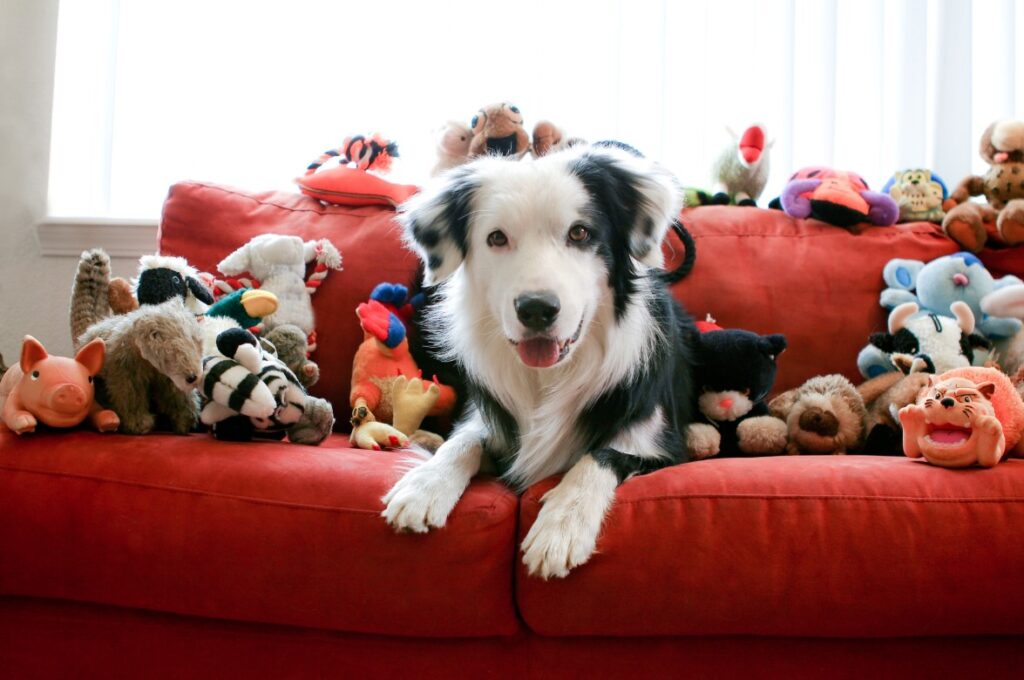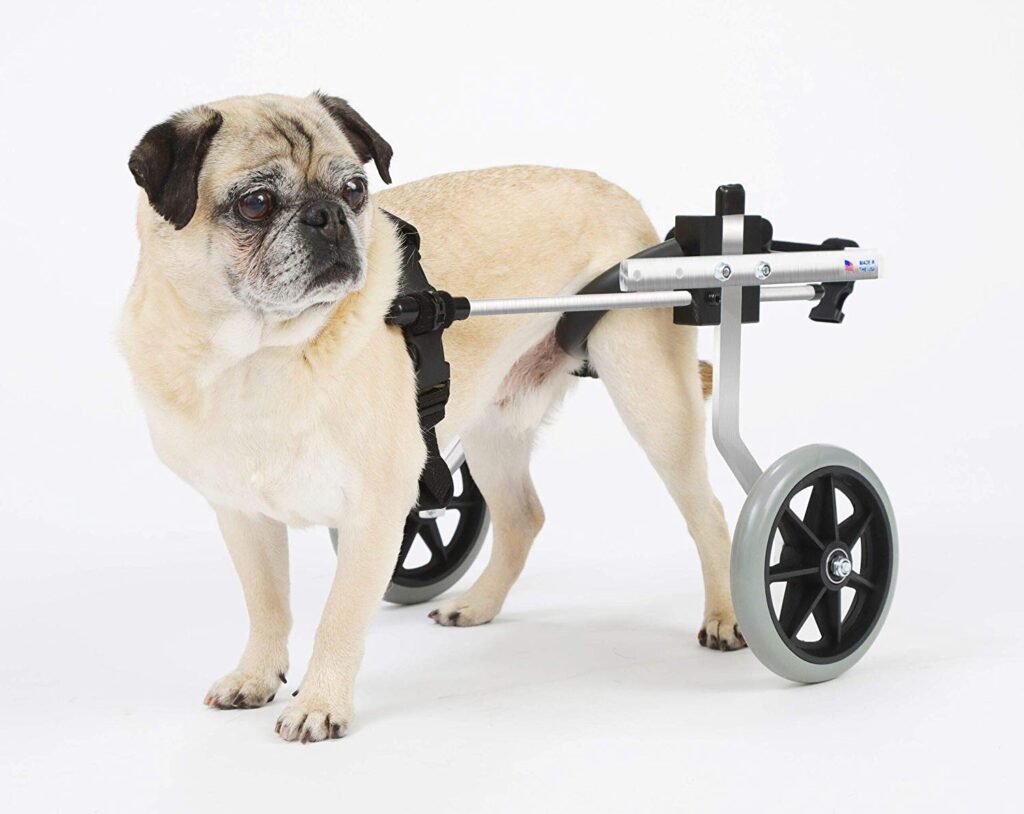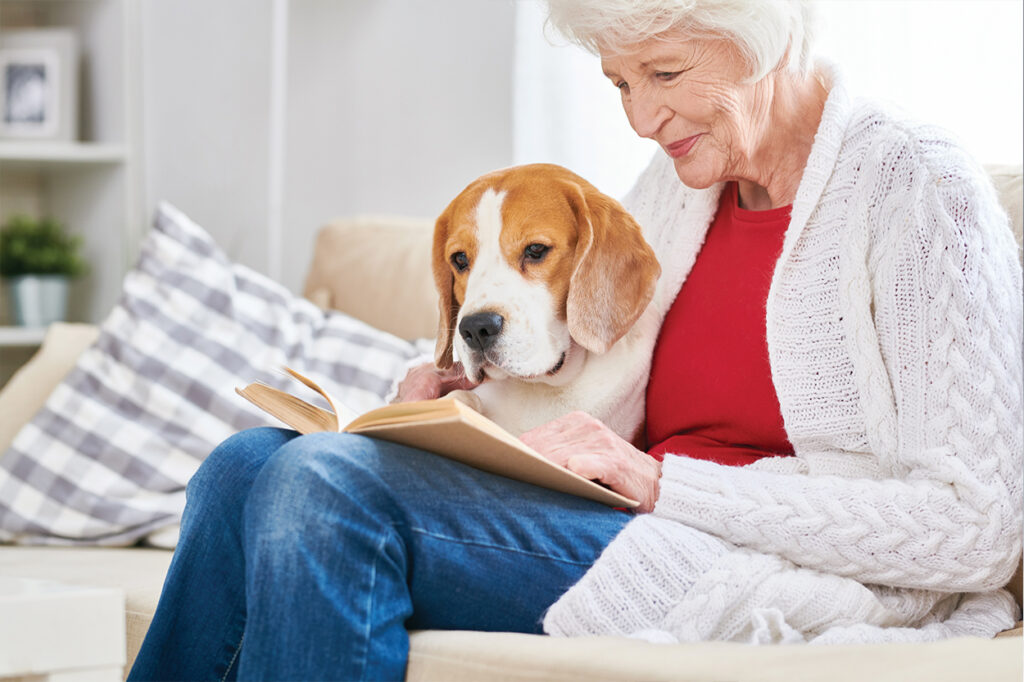Dogs bring so much joy to our lives, and when one becomes handicapped, it can be a difficult adjustment for both the dog and its owner. However, with the right care and attention, a handicapped dog can still lead a happy and fulfilling life.
As a pet owner, it’s important to make sure that your dog is comfortable and receives the necessary care and attention they need to thrive. In this article, we’ll discuss some tips for adjusting to life with a handicapped dog and how to make the transition as smooth as possible.
1. Create a Safe and Accessible Environment
One of the first things to consider when adjusting to life with a handicapped dog is to create a safe and accessible environment. This includes making sure that your home is free of any obstacles that could potentially harm your pet, such as sharp corners or cluttered pathways. You may also need to make some adjustments to your home, such as installing ramps or placing non-slip mats on slick surfaces.
It’s also important to provide your handicapped dog with a comfortable living space. You may need to invest in special equipment, such as orthopedic beds or elevated feeding stations, to make your dog’s life easier and more comfortable. Consider purchasing bulk dog shampoo to save money while also keeping your pet clean and healthy.
2. Establish a Routine

Source: marthastewart.com
They thrive on routine, and this is especially true for handicapped dogs. Establishing a routine can help your pet feel more comfortable and secure in its new environment. This includes establishing regular feeding and walking times, as well as set times for medication and physical therapy.
You may also want to consider using visual cues or signals to help your dog understand their routine. For example, if your dog is blind or visually impaired, you can use a different scent or a particular tone of voice to help them navigate and understand their environment.
3. Manage Your Dog’s Grooming Needs
Maintaining your dog’s grooming needs is important for its overall health and well-being, but it can be challenging when your dog is handicapped. Depending on their condition, your pet may have difficulty standing, sitting, or lying down, making it difficult to groom them.
One solution is to find dog grooming supplies wholesale to help make the process more affordable. Buying these items in bulk can save you money and ensure that you always have the supplies you need on hand.
When grooming a handicapped dog, it’s important to be gentle and patient. Start by brushing their fur, and use a comb to remove any tangles. You may also need to trim their nails, but be careful not to cut them too short. Additionally, if your pet has trouble standing, you may need to groom them while they’re lying down.
4. Consider Mobility Aids

Source: akc.org
Mobility aids can be a game-changer for handicapped pets. Depending on your dog’s condition, there are a variety of devices that can help them move around more easily, including dog wheelchairs, slings, and harnesses.
When selecting a mobility aid for him, it’s important to choose one that is well-suited to their specific needs. For example, a wheelchair may be best for a dog with hind-leg paralysis, while a sling may be better for a pet with limited mobility in its front legs.
5. Focus on Exercise and Physical Therapy
Just because your pet is handicapped doesn’t mean they can’t enjoy physical activity. In fact, exercise and physical therapy are crucial for maintaining your dog’s mobility and overall health. Depending on your pet’s condition, you may need to work with a veterinarian or physical therapist to establish an appropriate exercise routine.
You may also want to invest in equipment such as a dog wheelchair or a dog harness to help your dog move around more easily. These tools can help your dog stay active and maintain a good quality of life.
6. Be Patient and Understanding

Source: k9carts.com
Adjusting to life with a handicapped dog can be a slow and challenging process. It’s important to be patient and understanding with your pet as they adapt to their new circumstances. This may involve extra training, patience during daily routines, or providing extra comfort and attention.
Remember that your pet is still the same loving companion they were before their disability. They still deserve your love, attention, and affection. By being patient and understanding, you can help your pet feel secure and happy in their new life.
7. Seek Support
Finally, don’t be afraid to seek support as you adjust to life with a handicapped dog. There are many resources available, including support groups, online forums, and even dog-specific social media accounts. These resources can provide valuable information, support, and inspiration as you navigate the challenges of caring for a handicapped dog.
Additionally, consider seeking help from professionals such as veterinarians, physical therapists, or dog trainers. They can provide you with the expertise and guidance you need to care for your handicapped dog in the best possible way.
8. Coping with Emotional Challenges

Source: ct.counseling.org
Caring for a handicapped dog can be emotionally challenging. It is essential to be patient, understanding, and compassionate toward your furry friend. Dogs are highly sensitive to their surroundings, and a change in their lifestyle can be overwhelming for them. It is normal for your handicapped dog to feel anxious, fearful, or even depressed. Therefore, it is important to show your dog love and affection to boost their morale and help them adjust to their new lifestyle.
It is also crucial to take care of yourself emotionally when caring for a handicapped dog. It is common to feel overwhelmed, stressed, or sad when seeing your dog struggle. Finding support from friends, family, or a support group can be beneficial in coping with these emotions. Sharing your feelings with someone who understands your situation can help you process your emotions and feel less isolated.
Additionally, seeking the help of a professional counselor or therapist can be helpful in coping with emotional challenges. They can provide guidance on how to cope with your emotions, and help you find healthy ways to manage stress and anxiety.
In conclusion, adjusting to life with a handicapped dog can be a challenging but ultimately rewarding experience. By creating a safe and accessible environment, establishing a routine, focusing on exercise and physical therapy, being patient and understanding, and seeking support, you can help your dog live a happy and healthy life.























